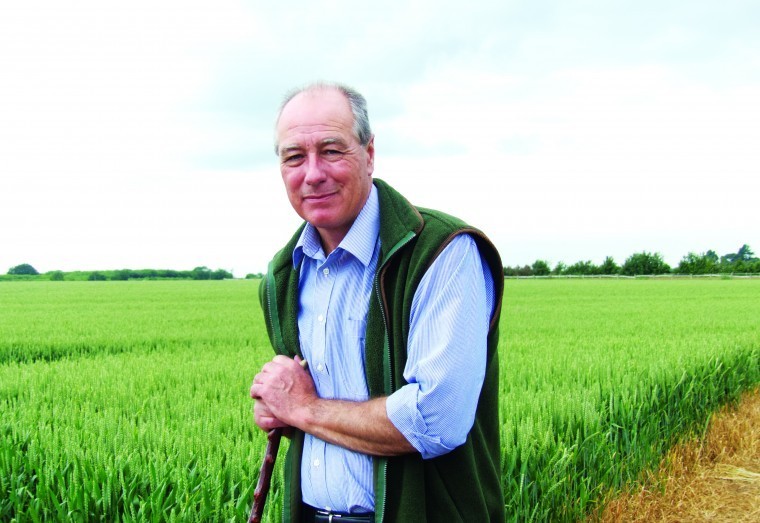Having been on holiday at the end of February and start of March I have returned to real spring weather with ground conditions fit to get on with the full spring work load.
In my absence we are up to date with work. All the winter sown crops have had a first dressing of Axan and are growing away well. The oilseed is the most spectacular and it really has developed into a more traditional spring for this crop as growth is strong enough to leave the pigeons behind and cover in the ground providing a crop stand providing strong competition for any weeds.
This is the absolute opposite to the springs we have endured over the last few years. There is a clear need for growth regulating chemical applications as well as fungicides in most crops. Completing nitrogen applications with the onset of stem extension is going to be a priority before the end of March.
With the much better values and strong looking crops we may well be considering foliar urea applications post flowering as there appears to be every chance of achieving an economic return. It’s not such a sorry crop this year. However I am fully aware that many farmers lost substantial areas of the crop on the eastern side of the country to flea beetle and slugs and are currently wrestling with what to sow in place of the failed crops. Others were considering the economic case for the crop going forward with the hassle of getting it established as well as the protecting it through to spring. Well once again it looks like the preeminent arable break crop that it always used to be.
Winter wheat is rather a tale of two halves. First wheats are simply powering away. There are odd broad leaved weeds and grass weeds to clear up which the weather is enabling us to do in advance of T0 fungicide and growth regulating applications. As I mentioned in earlier articles with the excellent autumn conditions where we had blackgrass emerge through the residual herbicide applications, we took the opportunity to use contacts such as Hatra along with a residual top up. These applications, which were more in hope than expectation, have done a very good job of controlling the emerged blackgrass and the residuals have prevented any further emergence.
I believe the contact herbicide success was down to the ground condition enabling us to travel and spray the blackgrass while it was still at a vulnerable growth stage. The dryer autumn and winter has certainly helped with the residual herbicide performance both with the initial applications and the follow ups. When nature and the weather are helping the task is always easier and the results better.
The second wheats are still rather slow to grow away and we are probably not helping with the clear up herbicide applications. But further Axan applications by the month end and improving night time and soil temperatures should see them pick up. The fundamentals of plant numbers and tillers are there in most of the crops and there is plenty of potential.
With the drying and draining ground conditions we are rapidly moving on with spring drilling. The January frosts have weathered both ploughed and subsoiled fields to the extent that it is easy to produce a good seedbed and that applies to even the heaviest clay soils. Most of the spring beans are already drilled as I write and we will move onto spring barley shortly. What a difference to last year when many heavy fields had to wait until April to be drilled.
While away I did spend some time in America and while I did not go with the intention of talking to farmers those I met did have some interesting observations on their new president. For the maize growers and users of the bioethanol by products for animal feed, early on their concerns focused on the Trump attitude to the bioethanol industry going forward. However those fears seem to have subsided with the expectation that policy could evolve to be even more supportive of maize and soya for non food uses. That is certainly a relief to farmers in the rest of the world as a flood of United States maize seeking new homes on the world markets was not going to help prices.
However they do still have concerns about the Trump attitude to Mexico and what a potential trade war might do for exports of maize to that country. The proposed wall was causing huge concerns to the horticultural producers who need a labour supply to pick and pack their produce. In many ways the popular support that swept Trump to the presidency and drove the Brexit decision had a similar background and some of the resulting problems are common to both Britain and America going forward. Whether the solutions will be common is an entirely different matter.
As I concluded last month the onset of spring with the better weather always makes me more optimistic not least because the job is actually enjoyable. With the encouraging potential of our crops and the improved market prices, arable farmers should have a profitable year, an even greater cause for optimism and not before time.




